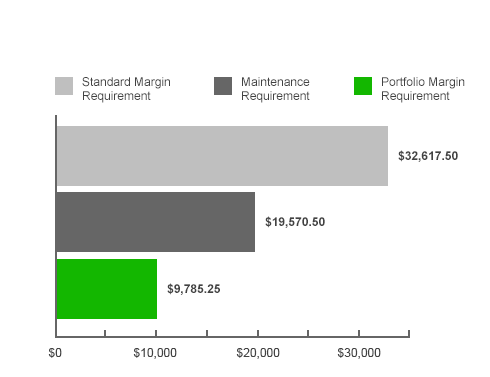How leverage works with options
Post on: 13 Июнь, 2015 No Comment

While the concept of leverage is as old as science itself and dates back to Archimedes, exactly how it relates to options trading is a fairly new field of study which could be somewhat harder to comprehend – yet it is vital for every options trader to understand.
A very simple definition of options leverage is the ability to control trading assets worth much more than the amount of money you actually have to trade with.
Practical illustration:
Let us assume the shares of company ABC are trading at $100 each and that options of a certain strike price on these shares are selling for $2 each. A trader with $1000 in his trading account therefore has two choices: he or she can buy 10 shares of $100 each with the money, or alternatively buy 500 stock options at $2 each. This is done by buying 5 options contracts each representing 100 shares.
The second alternative gives the trader control over 500 shares, compared to the 10 shares he can buy if he went for purchasing shares directly – that’s leverage of 50:1 – i.e. using stock options provides such a trader with control over 50 times more shares than an outright stock purchase.
How Delta affects leverage
To make the issue somewhat more complicated, there is the small issue of options Delta, i.e. the percentage change in the option price as a result of one dollar movement in the price of the underlying share, currency or commodity.
The simple fact is that if the price of the underlying asset moves up with $1, the price of a call option on that asset will not move up with the full amount. Exactly how much it moves up is determined by the option’s Delta. If the option is At the Money (the strike price is equal to the current price of the underlying asset), the delta will be close to 0.5. That means that if the price of the underlying share goes up by $1, the price of an ATM option will only go up by $0.50.
The trader who purchases 500 stock options will therefore in effect only receive the benefits on the price increase of 250 shares. The final leverage adjusted for Delta is thus only 25 and not 50.
With put options the result is the same, except here we are dealing with price decreases and not price increases.
Formula for calculating leverage
To determine the leverage of a specific stock option, the trader should therefore calculate
a) How many shares one can buy with the available funds;

b) How many stock options one can buy with the same money;
c) Divide the number in b) by the number in a);
d) Multiply the number in c) by the Delta of the stock option.
In the initial example above it would therefore amount to:
a) Number of shares that can be bought = $1000/$100 = 10 shares
b) Number of stock options that can be bought = $1000/$2 = 500
Remember that out of the money options have a delta of lower than 0.5, so the leverage in this case is also lower. Also keep in mind that if a trader keeps any options until expiry and they end up ITM, their Delta will become 1 – in which case the leverage factor will increase correspondingly.














